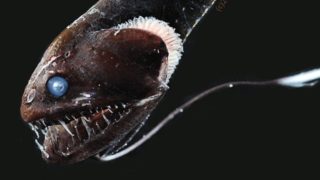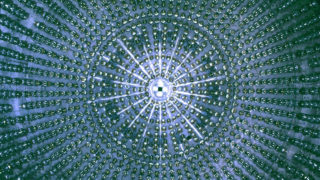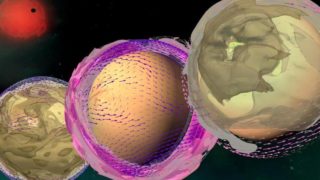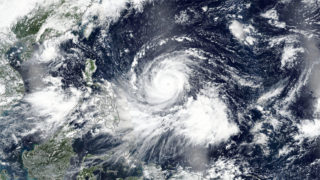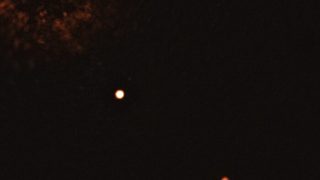
MI weekly selection #386
Telescope captures image of exoplanets orbiting star The Very Large Telescope in Chile has captured a direct image of a pair of exoplanets orbiting a star that’s similar to our own sun. “Even though astronomers have indirectly detected thousands of planets in our galaxy, only a tiny fraction of these exoplanets have been directly imaged,” […]
